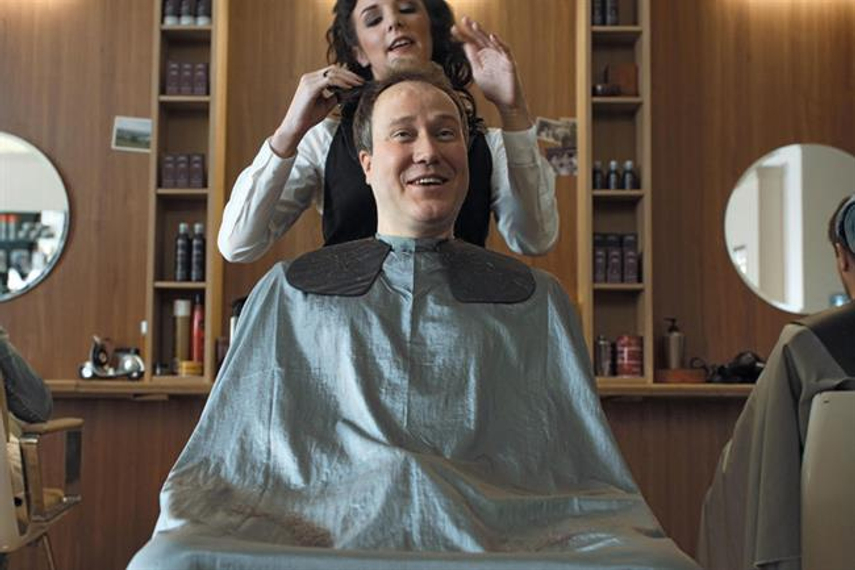
Please sign in or register
Existing users sign in here
Having trouble signing in?
Contact Customer Support at
[email protected]
or call+91 22 69489600
Most brand content fails because it is missing a key ingredient, says the author

Contact Customer Support at
[email protected]
or call+91 22 69489600
Top news, insights and analysis every weekday
Sign up for Campaign Bulletins
The content series also connects to the automaker’s ‘12 Days of Christmas’ giveback initiative.
Review aimed to 'reduce complexity, improve execution and accelerate growth'.
Carmaker enters ‘period of exclusivity’ with agency group—with media-buying added during pitch process in surprise move.
The Masterstroke Art Awards will spotlight artists, institutions, and patrons shaping India's cultural identity, with the inaugural edition set for February.